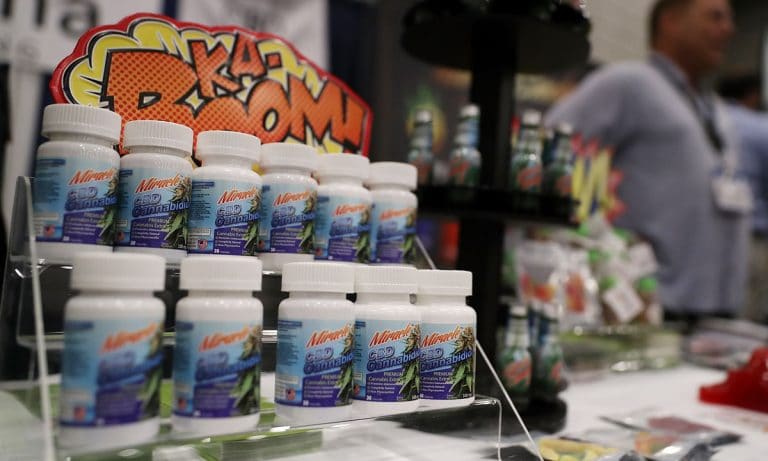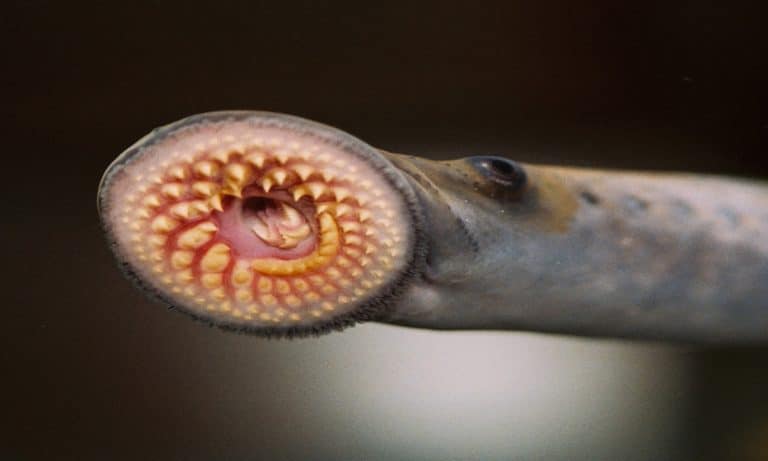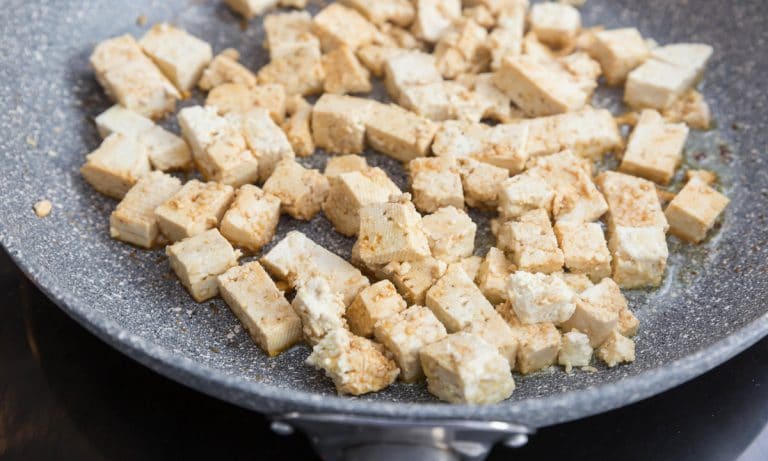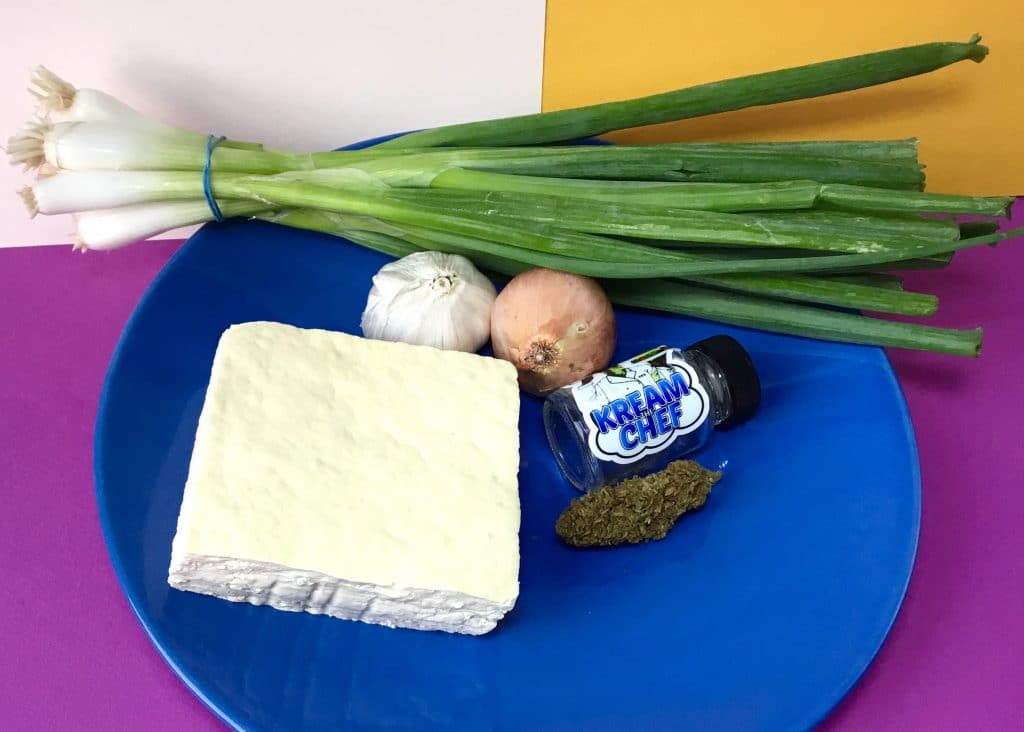Famed explorer and TV host Paula Froelich, who has saved rhinos in Africa, skied in Afghanistan, documented the ancient artifacts of Iraq and recently came back from an Arctic expedition was shocked when her fans alerted her to Chelsea Handler’s new segment on Netflix called ‘A Broad Abroad.’
-
Related Story: Donald Trump ‘Personally Dictated’ Don Jr’s False Statement About Russian Meeting; Rob Kardashian Using Food To Cope With Depression
“I own the trademark to A Broad Abroad,” Froelich tells Straight Shuter. “It’s a popular brand that I’ve worked very hard on for years. I’m a little shocked. I’m a fan of Chelsea’s and really like what she’s doing especially in the travel space. I’m just a little surprised no one on her team did a Google search.”
We are shocked as well. Froelich’s series, originally on Yahoo, has received millions of views and is considered one of the most respected and funny travel shows in the business.
Elton John’s Husband Partying With Young Handsome Men
Straight Shuter spotted Elton John’s younger husband David Furnish partying with a bunch of very handsome young men in Paradise Club in Mykonos – while Elton was nowhere to be seen!
-
Related Story: Marijuana Works As An Exit Drug From Pain Medications
“The guys looked to be having an amazing time eating and drinking and laughing without a care in the world. At one point one of the guys had his arm around David as the others smiled. The only person who was missing was Elton,” sources tell Straight Shuter. “The group which seemed to consist of men only were having dinner at Nobu and some were also seen partying at VOID club – once again there was no sign of Elton.”
However, one pal adds that Elton and David often vacation separately. David has his handsome young male friends and so does Elton!
















